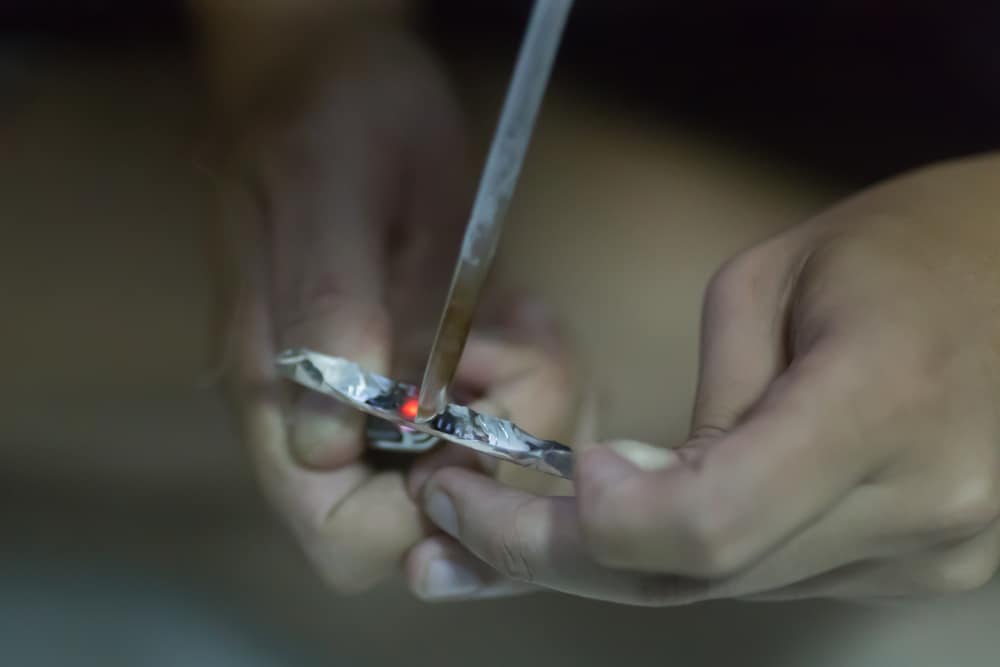
- #MEDICINE BYWORD FOR CRACK FREE#
- #MEDICINE BYWORD FOR CRACK CRACK#
- #MEDICINE BYWORD FOR CRACK WINDOWS#
#MEDICINE BYWORD FOR CRACK CRACK#
Rather than requiring the more volatile method of processing cocaine using ether, crack cocaine is processed with ammonia or sodium bicarbonate (baking soda) and water and heated to remove the hydrochloride, thus producing a form of cocaine that can be smoked.
#MEDICINE BYWORD FOR CRACK FREE#
This has been corrected.Crack (drug): The street name given to cocaine that has been processed from cocaine hydrochloride to a ready-to-use free base for smoking. A subheading on the original said that the exhibition described in the text was taking place at the Museum of London. * London's Underworld Unearthed: the Secret Life of the Rookery, Coningsby Gallery London, 17 May-3 June "It is completely wild, and some of the things I have seen you would just not believe, but I have never had better neighbours anywhere. She moved to the heart of the area in 2003 – the road past her door was once the dirt track to a huge leper hospital – and absolutely loved it. As she pored through hundreds of prints in the British Museum and other archives, she came to recognise characters drawn by many artists, who reappear as ghostly figures in her own pictures: Billy Waters, king of the beggars Old Simon Edy with his flowing hair and beard who lived under a broken staircase in Dyott Street blind Charlie Wood with his dancing dog, Bob. It all repelled and fascinated her predecessors – Hogarth, Thomas Rowlandson and Gustav Dore were among the artists drawn to the area. When they finally gave up, she watched two men ripping back a grating covering the opening to the church crypt to recover the drugs they had thrown in. On another occasion she saw police hunting through bushes, looking for drugs. They include the crack dealer who broke open and moved into the bin store of her own buildings, two men found dead in the community Phoenix Gardens, a couple having sex by the churchyard steps, a punter attacked by two prostitutes joined by two crack dealers, and a drug user smashing open letter boxes to steal not the contents of the envelopes but the identities, a flourishing local trade.
#MEDICINE BYWORD FOR CRACK WINDOWS#
She personally witnessed all the depicted incidents from the windows or balcony of her flat in her panorama Crack Lane. Palm-Gold's paintings, inspired by historic prints including William Hogarth's Gin Lane, track the contemporary wild side of the area where she lives. The archaeologists also found one of the infamous secret passages, which meant the police – if they dared venture in – found it almost impossible to catch criminals, who could escape through a maze of escape routes through, over and under buildings. One outsider recorded in 1852 – when the area had slightly improved: "In a back alley opening onto Church Street was a den which looked more like a cow-house than a room for human beings – little if any light came through and yet 17 human beings ate drank and slept there the floor was damp and below the level of the court the gutters overflowed when it rained, the rain gushed in at the apertures."



We aint got no priviz, no dust bins, no drains, no water-splies, and no drain or suer in the hole place." Sian Anthony, who led the dig, found evidence backing residents' complaints that landlords frequently boarded pits over and left them full, rather than pay for them to be cleaned out.Īn 1847 medical report described the area as "a disgrace to a civilised country," and in 1849 some residents actually wrote to the Times: "We live in muck and filth. Another massive cesspit provided many of the finds. One excavated cellar is believed to have been home to many families, and had an open sewer running across the floor. Luxury imported china and glass, and charming objects such as the fuddling-cup, a puzzle vessel for tavern drinking games, gave way to the cheapest and poorest: 19th-century finds include chamber pots, clay pipes, gaming tokens, cheap flashy jewellery probably worn by prostitutes, and a baby's feeding bottle which may often have held gin, when one in four premises was a gin shop – and far fewer possessions of any kind than are found in comparable sites. The archaeological finds, to be displayed for the first time in the exhibition as the excavators launch their report on the site, chart the startling decline from 17th-century affluence to Georgian squalor, as the old houses were subdivided and let out as common lodgings – with so many Irish Catholic residents, it was dubbed "Little Dublin" or "the Holy Land".


 0 kommentar(er)
0 kommentar(er)
